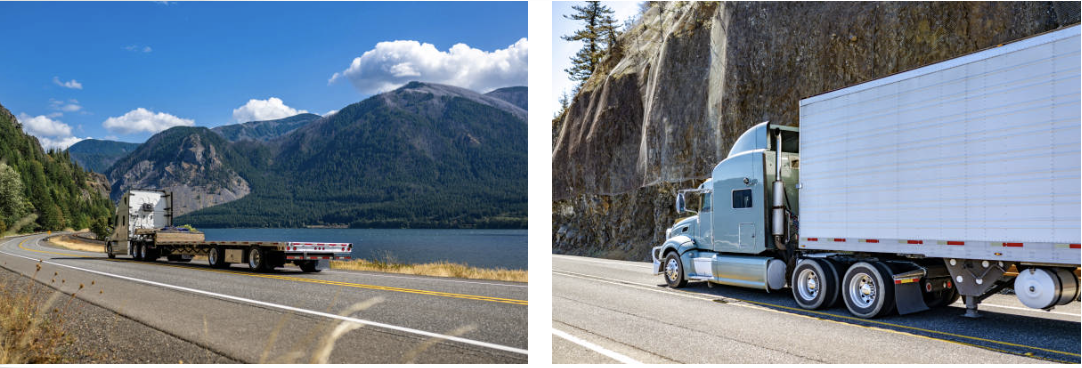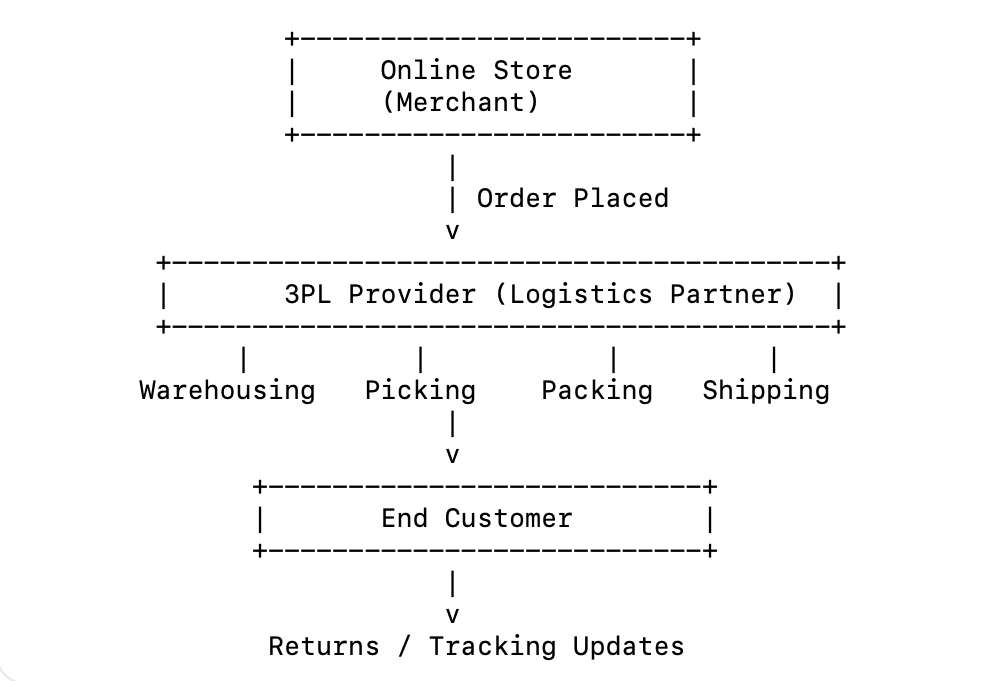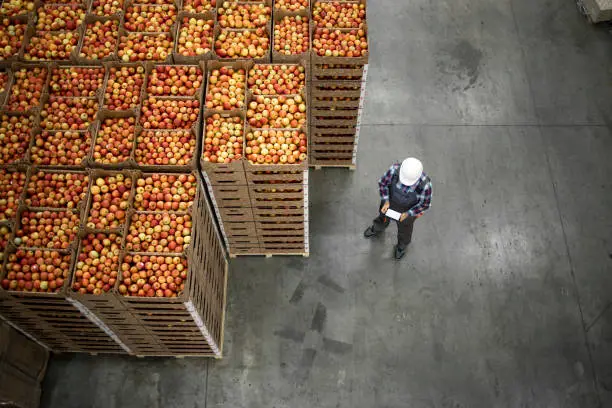Flatbed vs Dry Van Trailers — What’s the Difference?

Choosing the right trailer is key to a successful freight shipment. In this guide, we compare flatbed and dry van trailers, the two most common types used in the U.S. trucking industry.
🚛 What Is a Flatbed Trailer?
A flatbed trailer has no sides or roof — just an open platform. It’s ideal for:
- Machinery
- Construction materials
- Oversized or oddly shaped freight
Pros:
- Easy loading/unloading from sides or above
- Suitable for oversized and heavy cargo
- More flexible for irregular shapes
Cons:
- No weather protection
- Requires secure tarping and strapping
🚚 What Is a Dry Van Trailer?
A dry van is a fully enclosed trailer, used for general freight and palletized goods.
Pros:
- Protects cargo from weather and theft
- Ideal for boxed, packaged, or palletized shipments
- Widely available and cost-effective
Cons:
- Rear loading only
- Limited by interior height and width
📊 Flatbed vs Dry Van — Comparison Table
Feature | Flatbed | Dry Van |
|---|---|---|
Protection from Weather | ❌ No | ✅ Yes |
Loading Access | ✅ Sides, top, rear | ❌ Rear only |
Ideal Use Case | Heavy or odd-shaped loads | Boxed/palletized freight |
Common Length | 48–53 feet | 53 feet |
Best for | Construction, machinery | Consumer goods, retail |
❓ Which Trailer Should You Use?
Choose flatbed if:
- Your cargo is too large or irregular to fit in a van
- You need to load from the side or top
Choose dry van if:
- You’re shipping goods that need protection from the elements
- You have boxed or palletized freight
✅ Ship with the Right Equipment — Cargo1
At Cargo1, we match every shipment with the best trailer and carrier for your needs. Whether you need secure dry van delivery or open-deck transport, we’ve got you covered.



